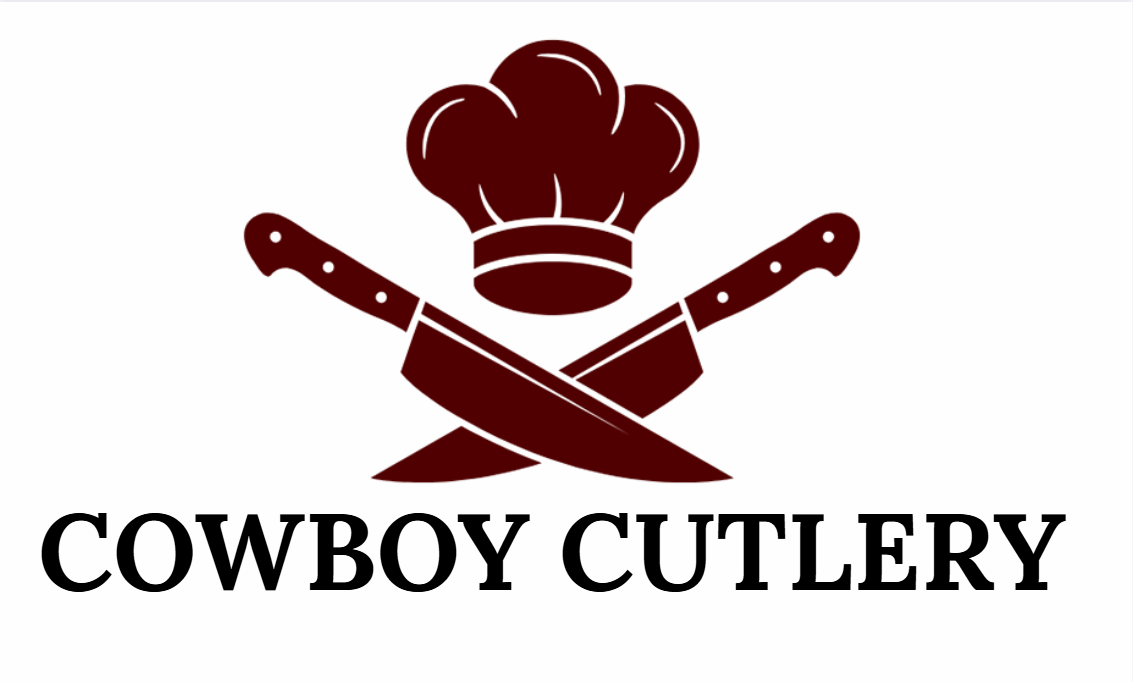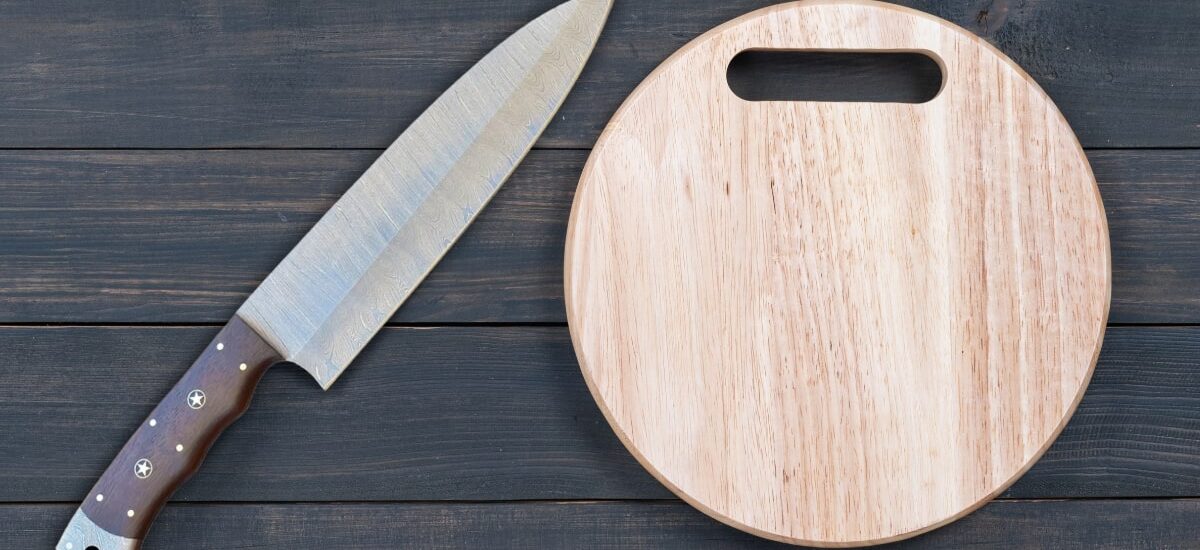A knife demonstrates the same ease of use when it cuts through tomatoes similar to butter. The strength of a knife results from its ultra-sharp edge. Have you questioned what elements transform a knife into its cutting-edge state? The microscopic phenomenon which generates an edge in both chef knives and cutting knives responsibilities what? This blog examines the scientific aspects behind knife sharpness as well as relevant blade materials and optimum angle requirements while demonstrating practices for maintaining peak performance of your knife collection.
Understanding the scientific basis for developing genuine razor-sharp knives requires analysis.
What Does “Sharp” Really Mean?
People describe knives as sharp due to their skinny cutting edges. A knife with a sharp edge requires minimal surface contact during cutting because the blade point is narrow in shape. Food will separate cleanly using a cooking knife that possesses a slender edge which remains properly maintained.
A scientific evaluation of sharpness depends on the geometry of the knife blade. The technical measurement of knife sharpness depends on the angle and thickness at the highest part of the blade. The mathematical concept which experts call edge angle or bevel angle produces significant impacts through small variations in measurement.
The Ideal Edge Angle
The standard operation for most chef knives includes double-bevel grinding at 15 to 20 degrees each side. The minimal angle between 12 degrees defines Japanese knives due to their renowned razor-sharp characteristics. A narrow grinding angle enables high edge sharpness but the blade demands strong steel to preserve its edge structure from breaking or disappearing.
Here’s a quick breakdown:
- The combination of durability and sharpness exists at an edge angle between 15-20° per side. Common in Western chef knife sets.
- Most Japanese professional chef knives maintain 12-15° angles on each side which produces their exceptional cutting precision.
- The angular structure of cleavers and outdoor blades features 20-25 degrees per side because these knives require high resistance to damage.
You can predict what a knife set or culinary set can do when you check its edge angle during your shopping for the best chef knives.
The Role of Steel in Sharpness
The quality of a knife’s edge derives from the substance of its steel material. The thin blade requires more than just grinding since durability determines how long a thin edge will maintain its integrity. The distinctive characteristic of soft metal is its convenience for sharpening but it has shorter durability compared to hard steel. The advantage of harder steel materials is edge retention however they become vulnerable to chipping whenever improper usage occurs.
The excellence of Damascus steel chef knives emerges during this moment. Damascus steel chef knives appear beautiful in addition to combining different steel types including hard and soft components for their construction. The built-up nature of this structure enables the knife to maintain three essential qualities in one design.
High-carbon stainless steel and Damascus steel present themselves as the top options for extended durability to individuals who want custom chef knives or the most popular kitchen knife sets.
Edge Types: Not All Are Equal
Different knife edges demonstrate unique characteristics in their design. The knife edge design determines both its cutting ability and usage capabilities. Here are a few common types:
- Straight Edge: Most common in chef knives. Such knife edges work perfectly for both slicing and clean cutting activities.
- The serrated edge exists in cutlery knives particularly in bread or steak knives. A serrated edge is suited for separating crusts along with dealing with robust skin.
- Due to its extreme sharpness and thinness Hollow Ground edges appear in premium kitchen knives for precise slicing tasks.
- Convex Edge: Strong and sharp. The combination appears mainly in professional chef knives along with outdoor knives.
Knowing different types of edges will guide you in selecting the suitable knife from your collection that matches your specific task.
Microscopic View: What’s Really Happening?
Down to microscopic view the most refined knife blade resembles a rough edge with numerous tiny cutting edges. A newly sharpened knife possesses micro-serrations which efficiently grip food fibers as they separate these fibers during cutting. These tiny teeth gradually wear down because of prolonged use thus causing the edge to become dull.
The functionality of a cooking knife reduces gradually through gradual deterioration of its performance ability. The knife requires increased cutting pressure because the slices do not maintain proper cleanliness. The knife demands attention because it needs sharpening or honing.
Keeping a Knife Razor-Sharp
A best chef knife demands periodic upkeep. Sharpness is not permanent—it’s maintained. You can preserve the best functionality of your chef knife set through these steps:
- Honing
This realigns the edge. The process does not eliminate metal from the blade while it fixes the tiny teeth into their correct positions. You need to run your knife across a honing rod after each few dishes to minimize blade misalignment. - Sharpening
A new edge emerges after this process takes away metal material. The practice should occur only once in a few months when usage warrants it. Three options exist for knife sharpening that includes whetstones and electric sharpeners and professional service providers. - Proper Storage
Don’t throw your cutlery knives in a drawer! Use a knife block, magnetic strip, or blade guards to protect the blade and edges. - Cutting Surface
Wood and plastic boards should be used as cutting surfaces instead of glass or stone. Your knife set will become dull much faster when you use hard surfaces to cut instead of the recommended wood or plastic boards.
What About Factory vs Custom Edges?
Knives produced in factories receive machine grinding as their factory edges before attaining their specified angles. The sharpening of a custom chef knife through hand techniques enables better accuracy and extended durability. Custom knives gain high value because they typically arrive more sharpened while also requiring fewer sharpenings over time.
Signs of a Razor-Sharp Knife
To determine if your knife cuts as sharp as a razor you can perform these quick assessments. Try these quick tests:
- Tomato-testing involves using a knife to cut a tomato correctly without making any damage to its shape.
- The knife demonstrates easy paper cutting ability during the paper test.
- A sharp edge can shave arm hair using this technique (take caution while performing this test).
The three tests will verify whether your knife possesses a razor edge.
Why Sharpness Matters
The operation of a dull knife brings more than annoyance because it creates actual safety risks. More force is necessary to use dull knives thus leading to increased safety risks during handling. You will achieve safer and more exact cuts with a best chef knife set and its sharp blade.
A sharp knife enables efficient and pleasant kitchen preparation for any kind of slicing task including herb chopping and meat processing and fish filleting. Preparing food becomes faster along with being easier while bringing more enjoyment thanks to a knife set.
Sharp Knives Are Smart Knives
Scientifically speaking the factors that determine sharpness can be summarized into three elements:
- Edge geometry
- Steel quality
- Maintenance habits
A high-quality knife set alongside accurate understanding of materials and angles and appropriate blade maintenance will deliver sharp performance throughout many years.
Final Thoughts: Choose Sharp—Choose Quality
Anyone who desires to both improve cooking speed and safety along with better outcomes needs to understand knife sharpness basics. Success in knife sharpness depends on understanding three fundamental aspects: steel material selection and edge angle maintenance and proper knife maintenance.
The company Cowboy Cutlery provides a diverse selection of chef knives and cutlery knives and Damascus steel chef knives which perform exceptionally well while having extended durability. Any user seeking a full kitchen knife set or budget-friendly everyday tool set can find their ideal choice at Cowboy Cutlery while maintaining consistent confidence during cutting operations.


